Far from the front lines of a grimly desperate big-city hospital, it’s starting to feel real. I now know one victim and am 3 degrees of separation from another. As our president didn’t mean to say about the 40,000 ventilators Governor Cuomo wants, “I have a feeling the numbers are not what they are going to be.”
To be clear, the disease is COVID-19. The virus is SARS CoV-2, the second version of the coronavirus behind the 2002-03 outbreak of SARS — severe acute respiratory syndrome — in Taiwan. Saying “the coronavirus” could also mean a common cold.
Where we are by the numbers so far:
U.S. infection rate or R0 (technically, reproductive ratio): Between 2 and 4. That is, each infected person is estimated to infect 2 to 4 others. An R0 less than 1 means the disease is contained and will eventually die out; above 1 and it will expand; 4 indicates a major contagion. The 1918 swine flu pandemic that killed 50 million people worldwide had an R0 of 1.4 to 2.8; mumps is 10, measles 18.
U.S. fatality rate: About 1%, or one of every 100 infected patients. The rate in Wuhan, China, was 3, but that did not include many who would have tested positive, had there been a test, and suffered only a mild bout. The elderly, very young and health-compromised have a rate higher than 1%.
Vaccine development: One year (or a lot longer). This requires lab, animal and human testing, during which vaccines and antibodies need time to grow and react. It cannot be safely accelerated. Simulations produce false results. Fortunately, a promising vaccine is now being tested in human beings and other formulations with competing strategies are being advanced as fast as science allows. Wrote H. Holden Thorp, editor-in-chief of Science journals, “A vaccine has to have a fundamental scientific basis. It has to be manufacturable. It has to be safe… Pharmaceutical executives have every incentive to get there quickly… they also know that you can’t break the laws of nature.”
Age: Even those in their 20s, 30s and 40s are starting to be admitted to ERs. Many who are otherwise medically sound nevertheless need ventilators. An outsize number are male or obese or both.
What’s freaking out emergency-room staff is how fast mildly symptomatic patients become precipitate ECU cases who need quick intubation (tube inserted down windpipe). A typical “vent” lasts a couple of days; the duration of a COVID-19 vent, ECU’s are also learning, is two weeks — which further strains the ventilator supply.
Said New York Mayor Bill de Blasio, facing the city’s biggest medical crisis since cholera killed 5,017 in 1849, “April will be worse than March, and May worse than April.” To make matters almost intolerable, there won’t be new ventilators any time soon. Doctors will have to triage — decide who’s most likely to be saved by forced breathing.
We are stuck in place for now; get used to it. Take up a two-month project. Learn (or relearn) a musical instrument or a language; paint the place; drive yourself nuts with a 5,000-piece puzzle of rippled water. Better, be an upright citizen. Do something good you’ll be remembered for, if only by one person other than yourself.
Tom Parrett writes about science and nature. He lives in Millerton.
Editor’s note: The Lakeville Journal is providing content related to the coronavirus outbreak for free as a public service to our readers. Please support local journalism by subscribing to The Lakeville Journal, The Millerton News, or TriCornerNews.com or by becoming a contributor to our membership model. Click here for more information.

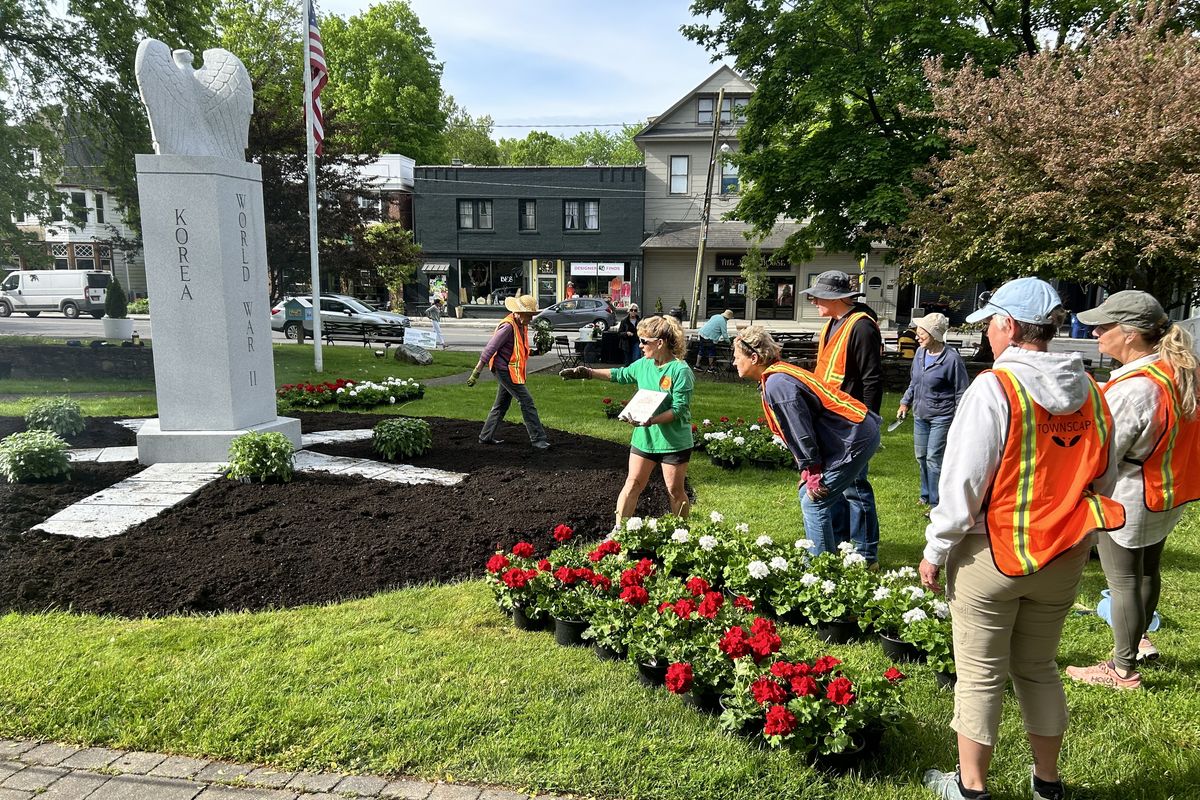
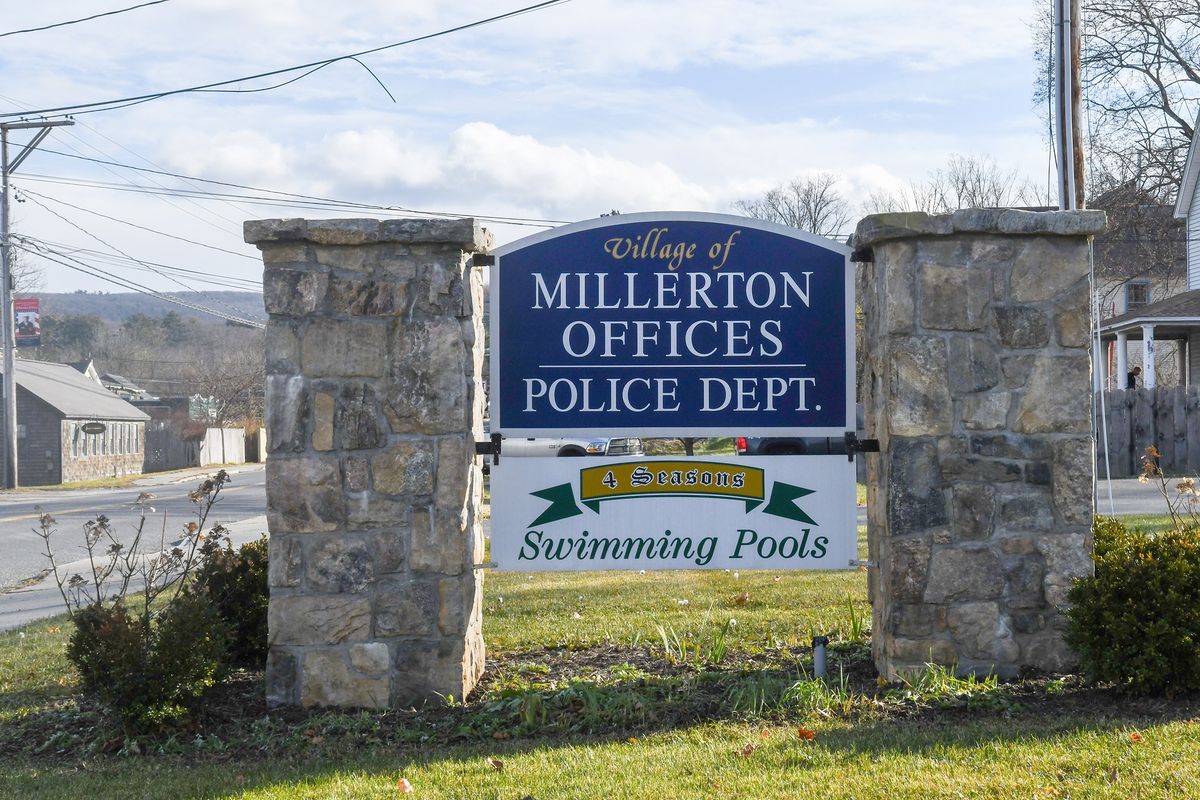
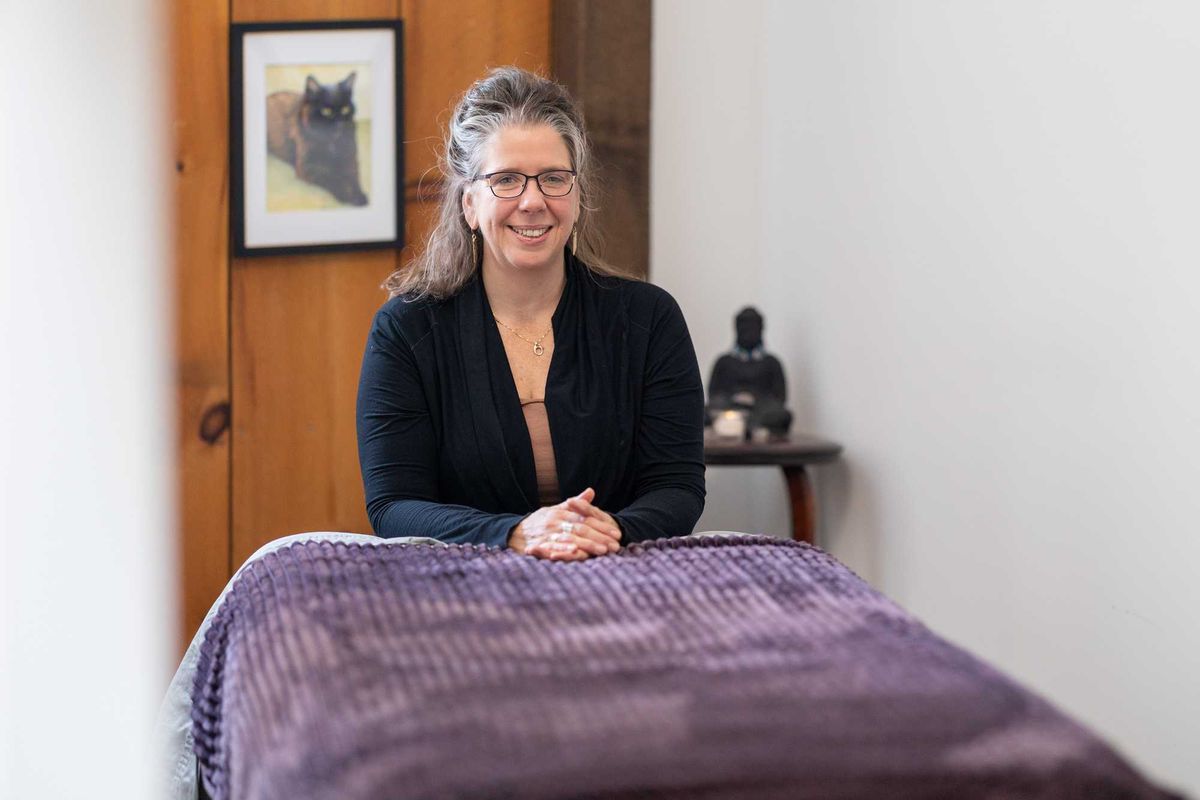

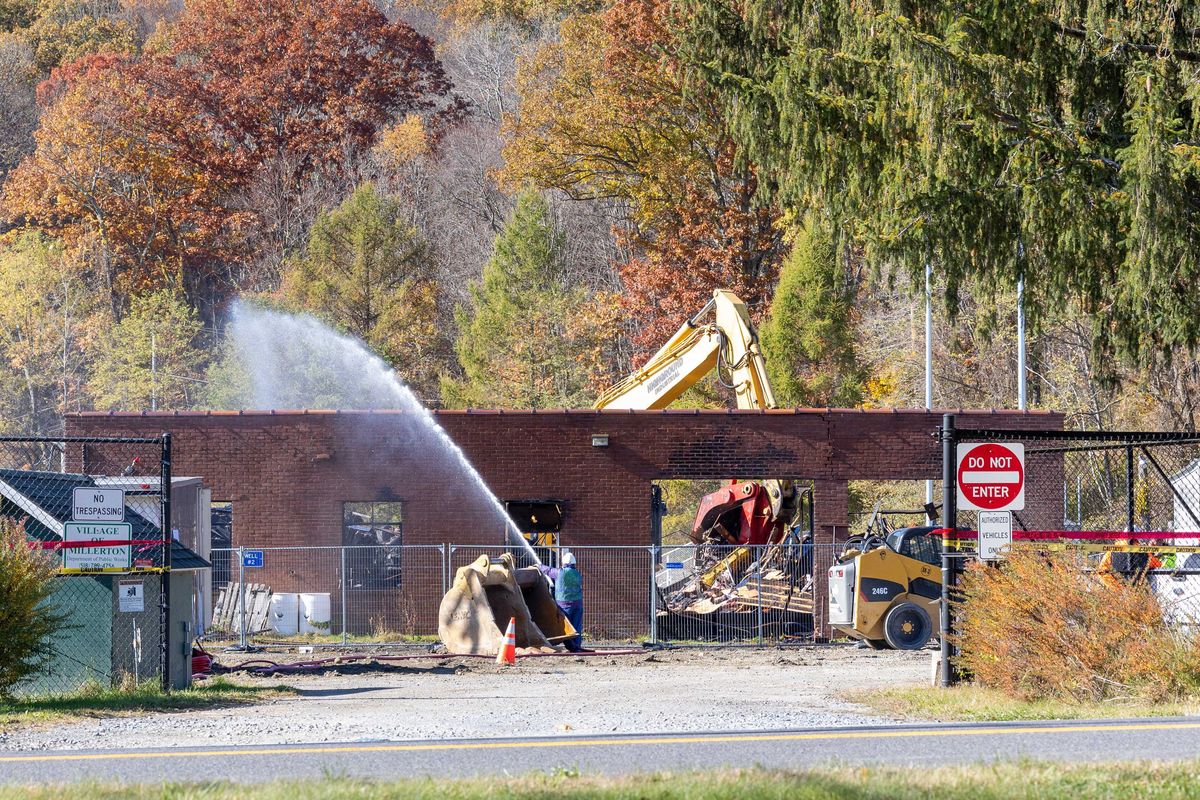

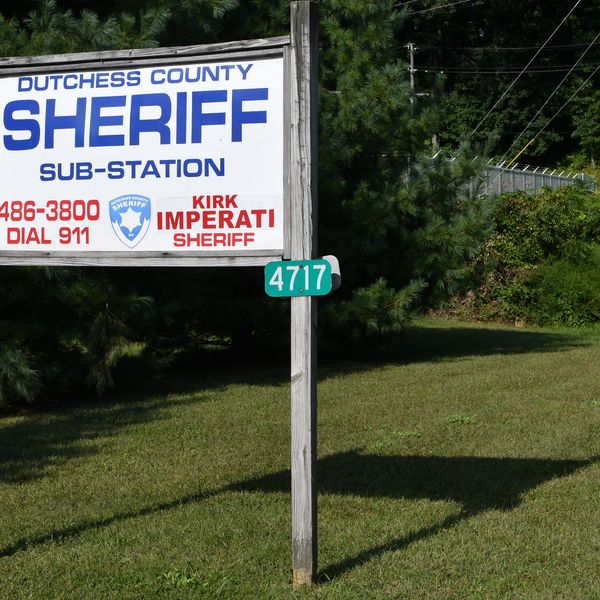




Going seriously viral